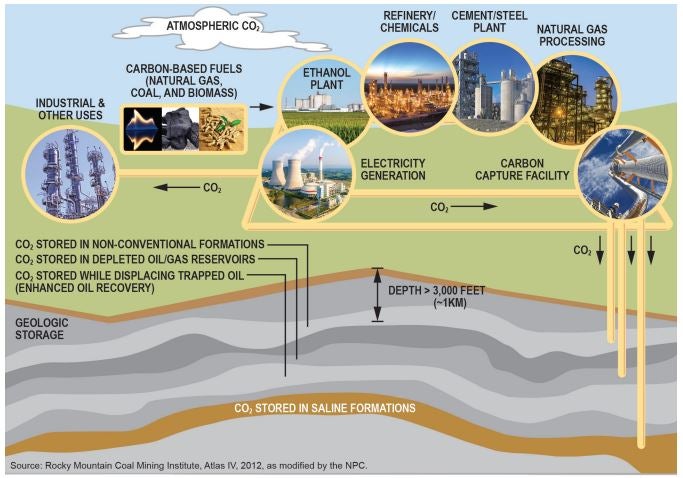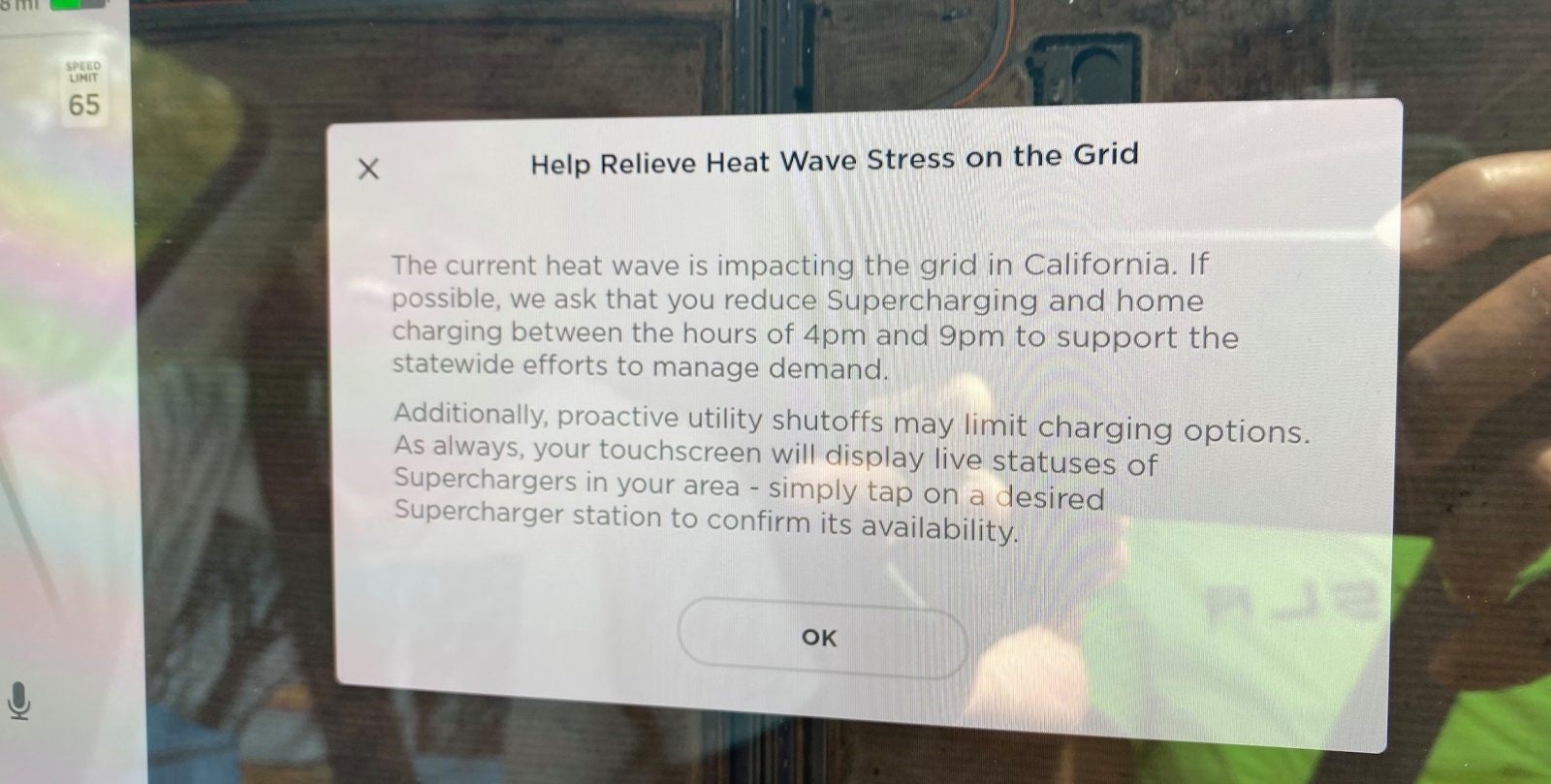By Adam Peltz and Scott Anderson
Removing carbon emissions from the air — a process known as carbon capture, utilization and sequestration — is one of the most important things we can do to battle climate change, and the Internal Revenue Service is currently developing regulations around tax incentives that could make or break the success of U.S. efforts to do this effectively.
CCUS is a suite of technologies that can capture carbon dioxide from the air and industrial sources. Companies can either reuse carbon dioxide or permanently store it in deep underground rock formations. The International Energy Agency estimates that by 2050, 9% of all necessary climate mitigation will come from CCUS activities. In other words, most versions of a carbon neutral economy will include a healthy amount of capturing carbon dioxide and putting it underground.
But CCUS can be a climate solution only if the carbon is securely stored once removed from the atmosphere. Any regulation or tax incentive offered to companies who practice CCUS must assure that.














